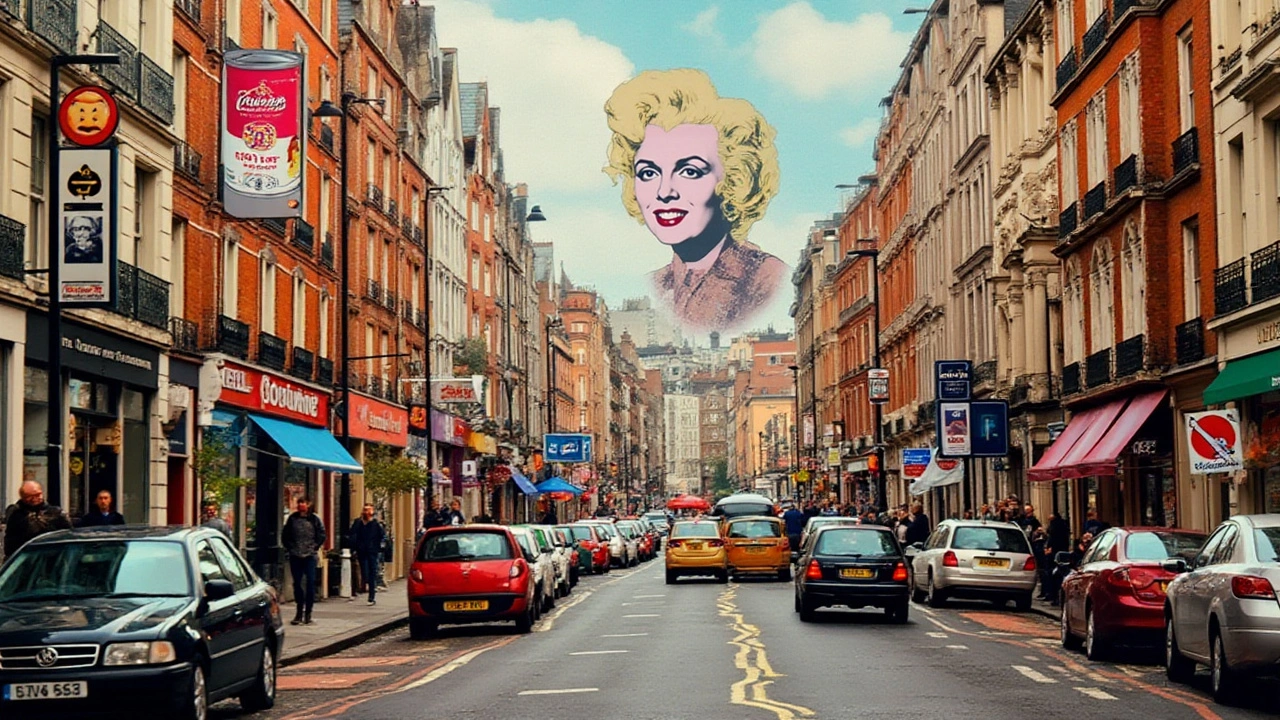Art Relevance: Why Art Still Matters Today
Art shapes what we see and how we live. From a Bauhaus chair in your living room to a photorealism painting that stops you cold, art influences taste, tech, and city streets. Relevance isn’t only about fame—it's about how an artwork changes the way you think, feel, or act right now.
Start with concrete examples. Bauhaus designs made furniture and buildings simpler and more useful; you probably sit on that legacy every day. The Harlem Renaissance changed music, writing, and identity—its echoes show up in modern jazz and storytelling. Land art turned parks and plazas into public experience, and installation art asks you to move through ideas, not just look at them.
How to Spot Relevant Art
Look for impact. Does the work change a space or start a conversation? Photorealism amazes by pushing craft to an extreme; it’s relevant when it makes you question what’s real. Fluxus and avant-garde pieces stay relevant when they force you to rethink daily routine—turning a joke or a performance into a comment on life. Relevance can be social too: art that engages politics, identity, or the environment often affects what people care about next.
Context matters. A Cubist painting taught viewers to see multiple angles at once; today similar ideas show up in product design and UX. Futurism has influenced smart cities and gaming—artists imagine systems that planners and engineers then copy. So relevance is often a chain: an art idea crosses into design, then into everyday objects or policies.
Make Art Relevant in Your Life
Bring art into action. If a Baroque motif keeps popping in fashion or on playlists, let it guide a bold choice in your home. Try visiting an installation or a local land art piece and note how it changes your route or mood. When you buy art or a piece of design, ask: will this change how I live or how others use a space?
For creators, relevance comes from asking real questions. What problem am I solving with color, form, or story? What conversation does my work start? Artists who mix old movements—like De Stijl balance with Bauhaus function—often spark fresh interest because they connect the past to present needs.
Finally, relevance grows through sharing. Talk about a striking installation, post a photo of unexpected urban art, or try an art-inspired decor tip at home. Small choices—choosing a Bauhaus lamp or reading about the Harlem Renaissance—nudge culture. That’s how art stays alive: when people notice, use, and pass it on.
Want simple next steps? Follow one movement or artist for a month—read an article on Photorealism or Bauhaus, watch a short talk, and then try recreating a small idea. Visit a nearby gallery or a public land art piece and note how it changes your mood for a day. Support local projects: volunteer, donate, or share posts. When you choose art, think of function and story. Those tiny habits keep art relevant where you live. Start right now.

